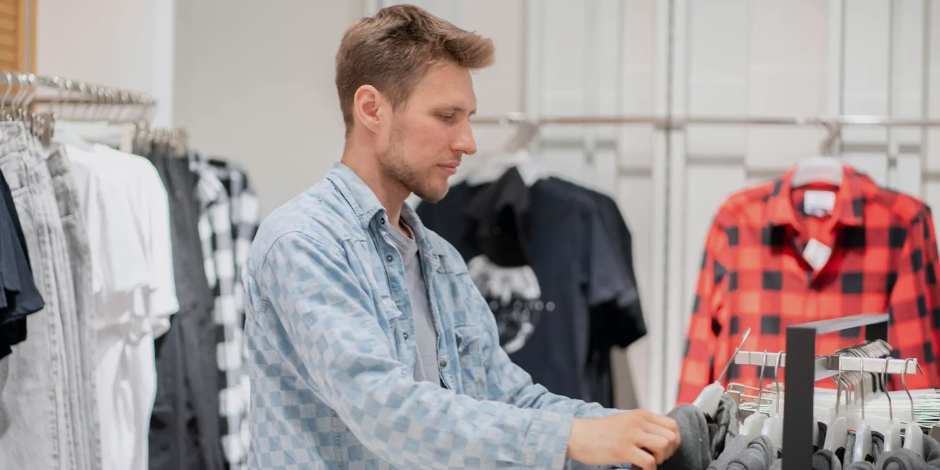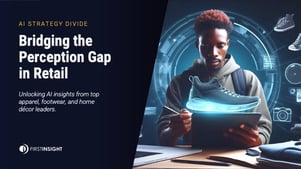On a recent visit, there was little of the hand-wringing and doomsaying expressed by many U.S. retailers. Are Americans overreacting?
On a recent business trip to the U.K. and Eurozone, I was struck by the apparent nonchalance of retail industry executives there about the U.S. tariff crisis when, here at home, the headlines have been reporting the story in near-apocalyptic terms. Is Europe somehow insulated from the fallout, or is there something else going on that we Americans are missing?
Here at home, Wall Street forecasters are signaling the likelihood of a recession, economists are predicting a new round of inflation plus layoffs, and the National Retail Federation has warned of a bloodbath for small businesses (“Record-high tariffs threaten the American Dream”).
It is a theme that has clearly spooked investors and one that U.S. retailers have so taken to heart that they have rushed to fill their distribution centers ahead of time, and have been scrambling to find new sources.
Some companies didn’t even wait for the details of the new tariff policy. The day after the new administration was elected last November, Steve Madden, a fashion shoe brand, announced that it was shifting its product sourcing from China to Vietnam, Cambodia, Mexico, and Brazil.
In contrast, most U.K. and European Union retail execs seem to view the squabble between the U.S., China, and its North American trading partners (Mexico and Canada) the way one might feel watching neighbors down the street who are engaged in a curbside shouting match over a property line or a parking spot.
“It’s important to note that these are predictions and not guarantees,” according to Carolyn Simpson, an executive with Anglo Scottish Finance, which specializes in asset funding. As quoted in a recent report on eubusinessnews.com, Simpson observed, “Self-reliance and the ability to adapt to change is the key to weathering any sudden change in the global economy. It’s important to remember that changes will continue to evolve over the coming term and that the best the U.K. can do is continue to play fair and focus on growth that benefits all.”
Absent the unthinkable—the view from abroad begs a broader question: Can the retail industry that survived the pandemic survive a tariff war? The obvious answer—of course it can.
Compared to an as-yet unresolved shouting match over tariffs, what could be worse for our consumer economy than what we experienced starting five years ago—a nearly complete shutdown of commerce, the shutdown of Asia’s workrooms and factories, plus a global supply chain logjam followed by an inventory glut and a huge surge in inflation?
One of the conclusions that seems obvious from all of this is that American retailers and their customers have been spoiled by the benefits of cheap labor and materials abroad. For a long time U.S. retailers have been engaged in a competitive race to the bottom on pricing.
It’s easy to forget, according to a CNBC analysis last year, that when adjusted for the buying power of a dollar, computers, televisions, and a lot more consumer products are as much as 50% cheaper today than they were 25 years ago. The average price of a gallon of gas, adjusted for inflation, is about what it was at the turn of the century.
Meanwhile, Americans have enjoyed a cornucopia of affordable merchandise from apparel to hardware which, fueled by pandemic stimulus payments and unleashed the phenomenon known as revenge spending. The effects of all of these events and decisions has been an ongoing whiplash of spending and reactive nature of retailers to adjust. It is all very myopic.
It seems for our European cousins, who have known hardship and economic suffering through two world wars, our tariff problem is mostly a bump in the long road of history, with a much longer-term view.
Subscription required.

















